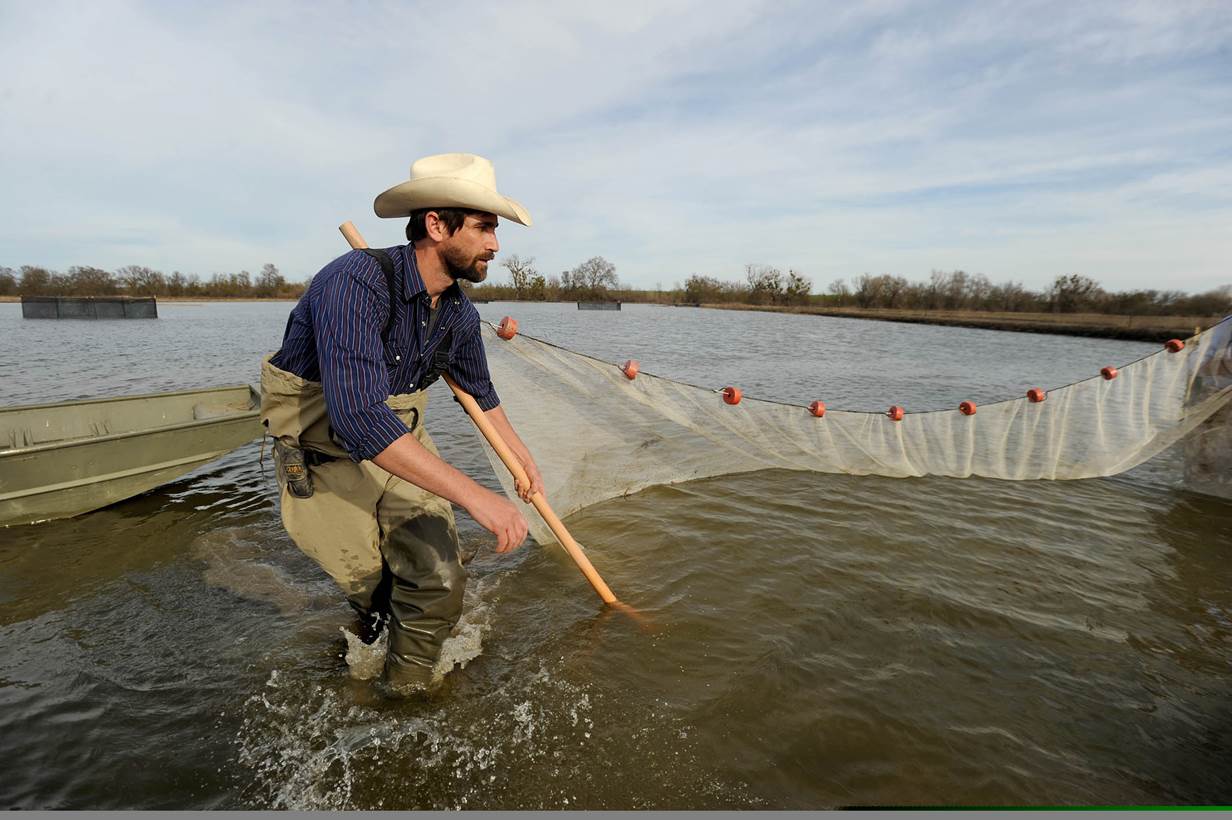Issue
California’s Central Valley was once home to some of the world’s most productive Chinook salmon and steelhead habitat. Over the last century, however, dams, levees, and other infrastructure were constructed that altered the flow of natural rivers, destroyed habitat, and hurt native fish populations, with several species now at high risk of extinction.
Strategy
To improve how we manage our water so communities and natural places could continue to thrive, the Water Foundation provided funding to scientists from California Trout and UC Davis who were seeking innovative solutions that could create habitat for salmon while at the same time protecting agricultural productivity.
The Water Foundation support has advanced the development of the Nigiri Project (named after the Japanese dish of fish over rice). The Nigiri Project is based at Knaggs Ranch, located in the Yolo Bypass, approximately five miles west of Sacramento, California. Historically, the bypass served two functions: diverting flood waters around the Sacramento metropolitan area and providing prime agricultural land, mostly for rice.
In 2012, scientists and farmers added a third function: serving as a “surrogate floodplain” for juvenile salmon. The experiment, which involved introducing young salmon to winter-flooded, fallowed rice fields resulted in the fastest growth of juvenile Chinook salmon ever recorded in the Central Valley. Recognizing the potential of this unique approach – to benefit agriculture, fish, and flood management – the Water Foundation provided key funding to develop the project and fostered its strategic expansion during subsequent years.
What’s Next
Experiments have since moved further into the Yolo Bypass, and salmon have been planted in floodplain locations along the Feather, Cosumnes, San Joaquin, and Tuolumne rivers. In addition, the Water Foundation has supported a coalition of nonprofits advancing multi-benefit flood management in the Central Valley, and through that network, the Nigiri Project model is now spreading throughout the Central Valley.
Each year, the Nigiri Project demonstrates to a greater degree that floodplains can be managed for fish and wildlife habitat and farming. Flood management can work in concert with – and actually provide benefits to – profitable agriculture and complex habitat restoration.
The Nigiri Project also demonstrates the Water Foundation’s commitment to tailoring approaches that work for different communities and finding new, shared solutions that result in immediate improvements with staying power. In this case, flood bypasses give high flood flows a place to run, reducing pressure on levees and protecting people and property, while systematic flooding in fallowed agricultural land create seasonal habitats for fish and birds.
